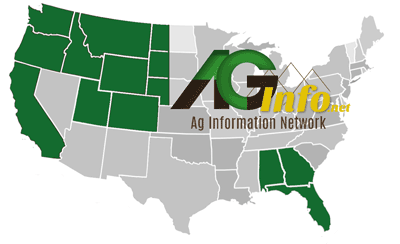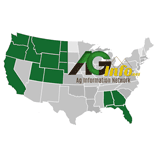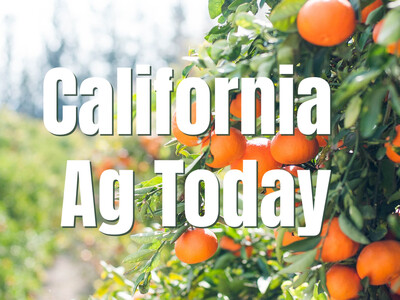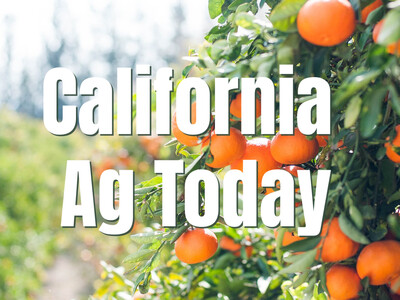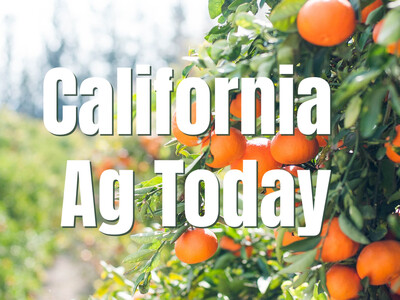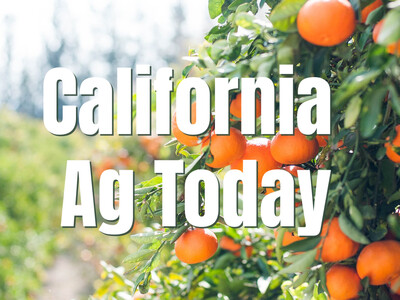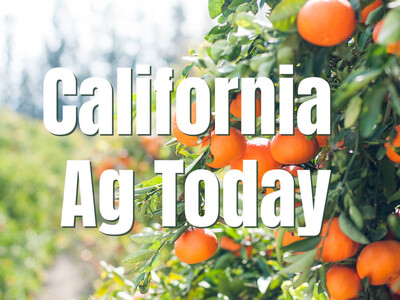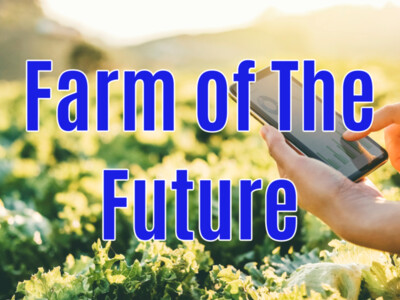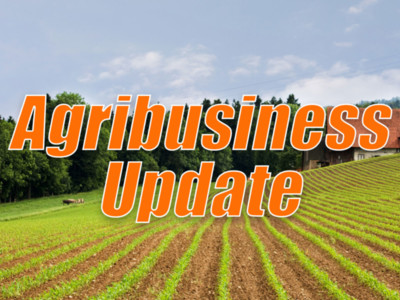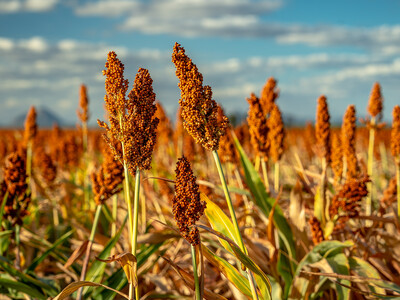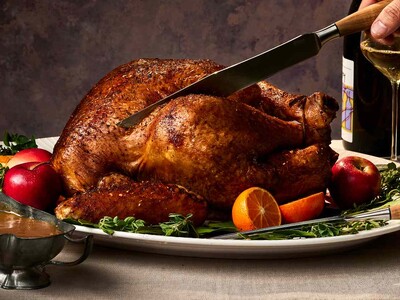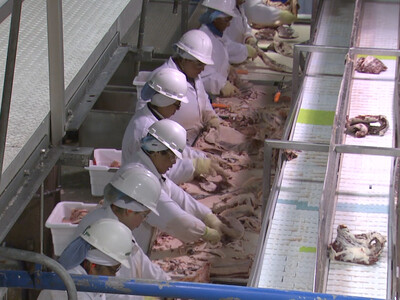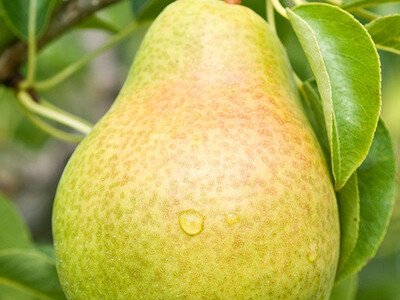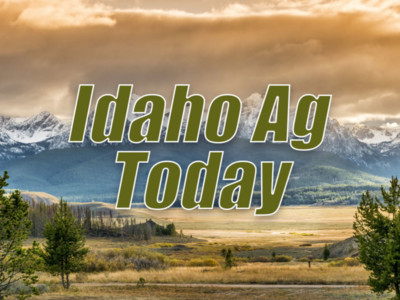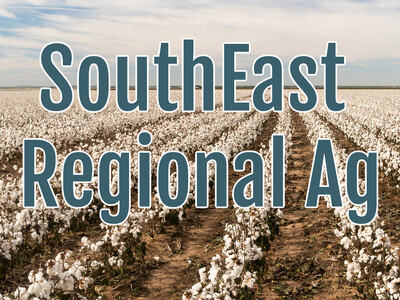Efficiency and Incentives Drive Dairy Emission Cuts
California dairy farmers are on track to exceed the state’s methane-reduction targets ahead of the 2030 deadline, according to a recent Ag Alert from the California Farm Bureau. While digesters play a key role, the industry’s progress is also driven by a suite of conservation efforts—from solar power to feed additives and genetic improvements. Highlighted during last month’s California Dairy Sustainability Summit, the work reflects a commitment not only to environmental gains, but also to long-term economic viability.Frank Mitloehner of UC Davis credits the state’s incentive-based, voluntary approach—described as a “carrot” rather than a “cane”—with driving meaningful methane reductions. A UC Davis analysis projects the dairy sector will cut 7.61 to 10.59 million metric tons of CO2-equivalent emissions by 2030, surpassing the state’s 7.2 million target.
Ag Alert also spotlighted dairy families like the Fernandes brothers of Tulare County, who use digesters, no-till farming, and efficient cow breeds to maximize sustainability. While larger dairies may lead the charge, experts say smaller farms are finding solutions through alternative tools like worm composting and mechanical separators.
For more: https://www.agalert.com/california-ag-news/archives/april-9-2025/california-dairies-make-progress-in-cutting-emissions/
